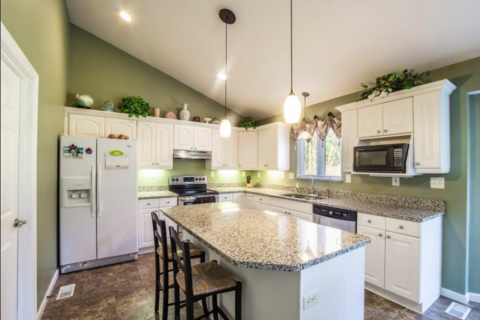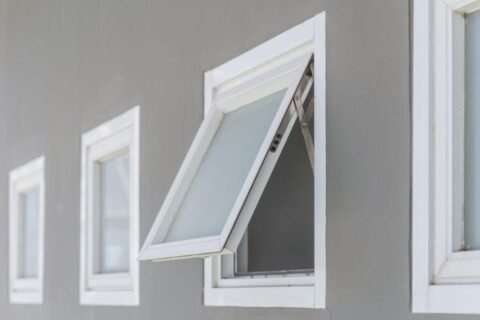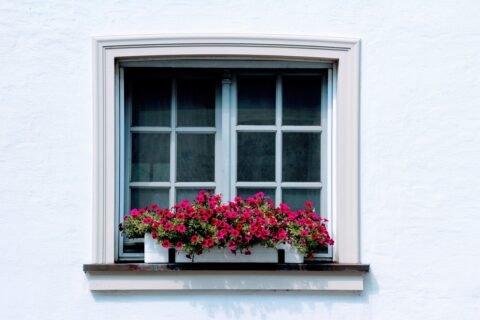As you look ahead to 2025, the commercial design landscape is poised for a revolutionary transformation. Innovative solutions are emerging that will reshape how you conceptualize and interact with built environments. The coming years promise exciting developments across all commercial design sectors, from cutting-edge materials like LVT commercial flooring to AI-driven customization. Whether you’re an architect, interior designer, or business owner, staying ahead of these trends will be crucial for creating aesthetically pleasing, highly functional, and future-proof spaces. In this article, you’ll explore the groundbreaking design solutions that are set to dominate commercial trends in 2025 and beyond.
The Rise of Biophilic Design
As we approach 2025, biophilic design is emerging as a dominant trend in commercial spaces. This innovative approach integrates nature into built environments, fostering a connection between occupants and the natural world. Businesses create stunning spaces that promote well-being and productivity by incorporating elements such as living walls, natural materials, and abundant daylight.
Bringing the Outdoors In
One of the key aspects of biophilic design is the introduction of natural elements into interior spaces. This can be achieved through:
- Large windows and skylights to maximize natural light
- Indoor plants and vertical gardens
- Water features like fountains or small ponds
- Use of organic materials such as wood, stone, and bamboo
These elements work together to create a more relaxing and inspiring atmosphere, reducing stress and improving cognitive function among employees and visitors alike.
Harnessing the Power of Nature-Inspired Technology
Advancements in technology are allowing designers to mimic natural processes in innovative ways. Smart lighting systems can now adjust color temperature and intensity throughout the day, mimicking the natural circadian rhythm. Additionally, air purification systems inspired by forest environments are being integrated into HVAC systems, improving indoor air quality and creating a healthier workspace.
By embracing biophilic design, businesses stay ahead of the curve and create environments that truly nurture human potential.
Smart Technology Integration
In 2025, smart technology will be seamlessly woven into commercial spaces, revolutionizing how businesses operate and interact with customers. This integration goes beyond simple automation, creating intelligent environments that adapt to user needs in real time.
IoT-Enabled Spaces
The Internet of Things (IoT) will be at the forefront of this transformation. Sensors embedded throughout commercial buildings will collect occupancy, temperature, and energy usage data. This information will be used to optimize lighting, heating, and cooling systems, resulting in significant energy savings and improved comfort for occupants.
AI-Driven Customer Experiences
Artificial Intelligence (AI) will be crucial in enhancing customer experiences. Smart displays and interactive kiosks will use facial recognition and behavioral analysis to provide personalized recommendations and services. This technology will enable businesses to offer tailored promotions and streamline shopping, increasing customer satisfaction and boosting sales.
Augmented Reality for Enhanced Functionality
Augmented Reality (AR) will blur the lines between physical and digital spaces. Retailers will use AR to allow customers to try on clothes virtually or visualize furniture in their homes before purchasing. AR will also facilitate more engaging presentations and collaborative work sessions in office environments, even for remote team members.
By embracing these smart technology solutions, businesses can create more efficient, engaging, and profitable commercial spaces that meet the evolving demands of the digital age.
Utilizing Sustainable Materials
As we approach 2025, sustainable materials are taking center stage in commercial design trends. For instance, Luxury Vinyl Tile (LVT) flooring is a standout option leading the charge. This innovative solution combines eco-friendliness with durability and aesthetics, making it a top choice for forward-thinking businesses.
The Rise of LVT in Commercial Spaces
LVT flooring is revolutionizing the commercial sector with its versatility and sustainability. Made from recycled materials and designed for longevity, LVT commercial flooring reduces environmental impact while offering exceptional performance. Its water-resistant properties and easy maintenance make it ideal for high-traffic areas, from retail stores to corporate offices.
Eco-Friendly Features and Benefits
One key advantage of LVT is its minimal carbon footprint. Manufactured using energy-efficient processes, LVT requires less raw material than traditional flooring options. Additionally, many LVT products are 100% recyclable at the end of their lifecycle, contributing to a circular economy.
Design Flexibility Meets Sustainability
LVT doesn’t compromise on style for sustainability. With advanced printing technologies, LVT can mimic the look of natural materials like wood or stone, offering endless design possibilities. This allows businesses to achieve their desired aesthetic while adhering to eco-friendly principles, a win-win for both design and sustainability goals in the commercial sector.
Flexible and Adaptable Spaces
In the rapidly evolving commercial landscape of 2025, flexibility is no longer just a buzzword—it’s a necessity. As businesses navigate the post-pandemic world, the ability to reconfigure spaces quickly has become paramount. Innovative design solutions are leading the charge in creating versatile environments that can quickly adapt to changing needs.
Modular Furniture Systems
Gone are the days of static office layouts. You’ll see a surge in modular furniture systems, allowing easy reconfiguration. These pieces can be quickly assembled, disassembled, and rearranged to create different work zones, from collaborative areas to private focus spaces. This adaptability not only maximizes space utilization but also caters to the diverse needs of a dynamic workforce.
Smart Partitions and Movable Walls
Another trend you’ll notice is the increased use of smart partitions and movable walls. These innovative solutions enable you to transform large, open areas into smaller, more intimate spaces—and vice versa—with minimal effort. Equipped with sound-absorbing materials and integrated technology, these partitions offer privacy and connectivity, allowing seamless transitions between different work modes.
By embracing these flexible design solutions, you’re not just preparing for the future—you’re creating a responsive environment that can evolve alongside your business needs, ensuring longevity and relevance in an ever-changing commercial landscape.
Conclusion
As you look ahead to 2025, it’s clear that innovative design solutions will play a pivotal role in shaping commercial spaces. From sustainable materials and biophilic elements to smart technology integration and flexible layouts, these trends will redefine how you approach commercial design.
By embracing these forward-thinking concepts, you’ll create environments that meet the evolving needs of businesses and their employees and contribute to a more sustainable and technologically advanced future. As you navigate this exciting landscape of commercial design, remember that staying informed and adaptable will be key to your success in implementing these groundbreaking solutions and staying ahead of the curve in 2025 and beyond.
One





